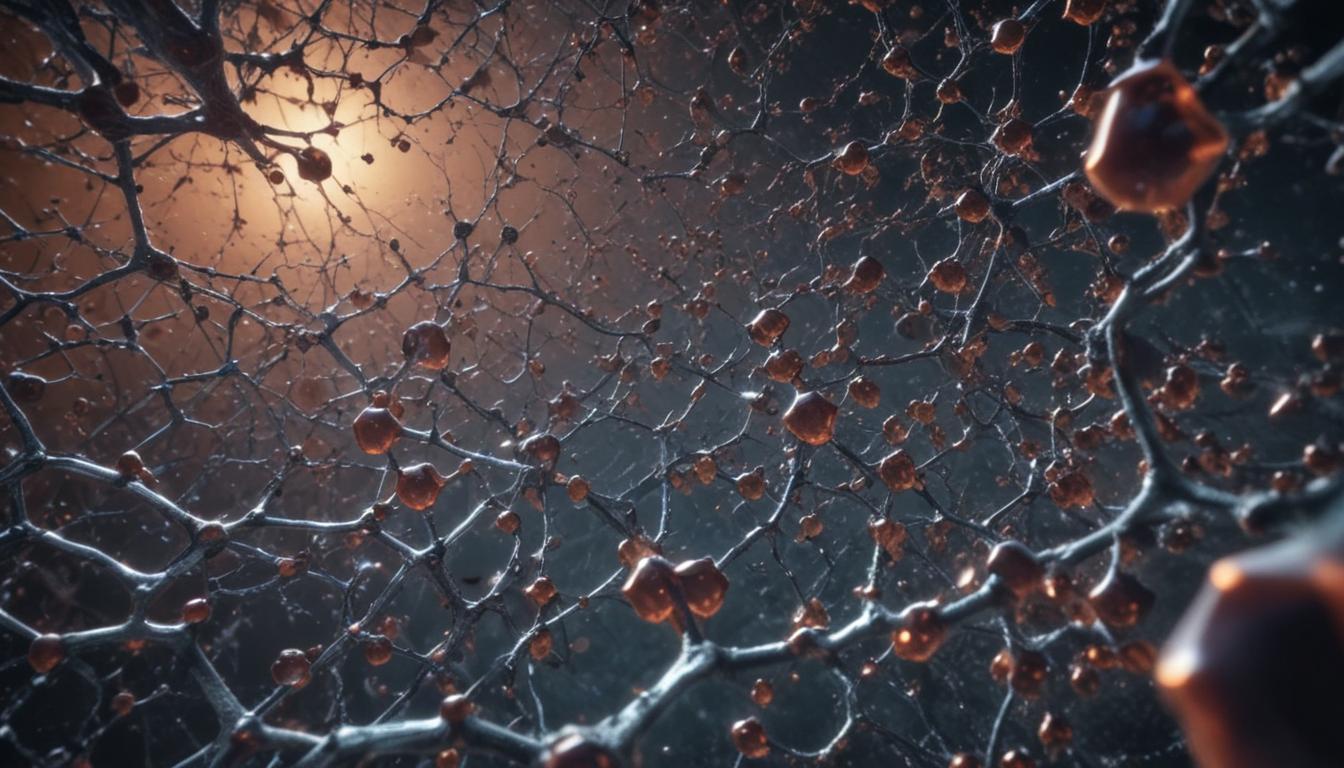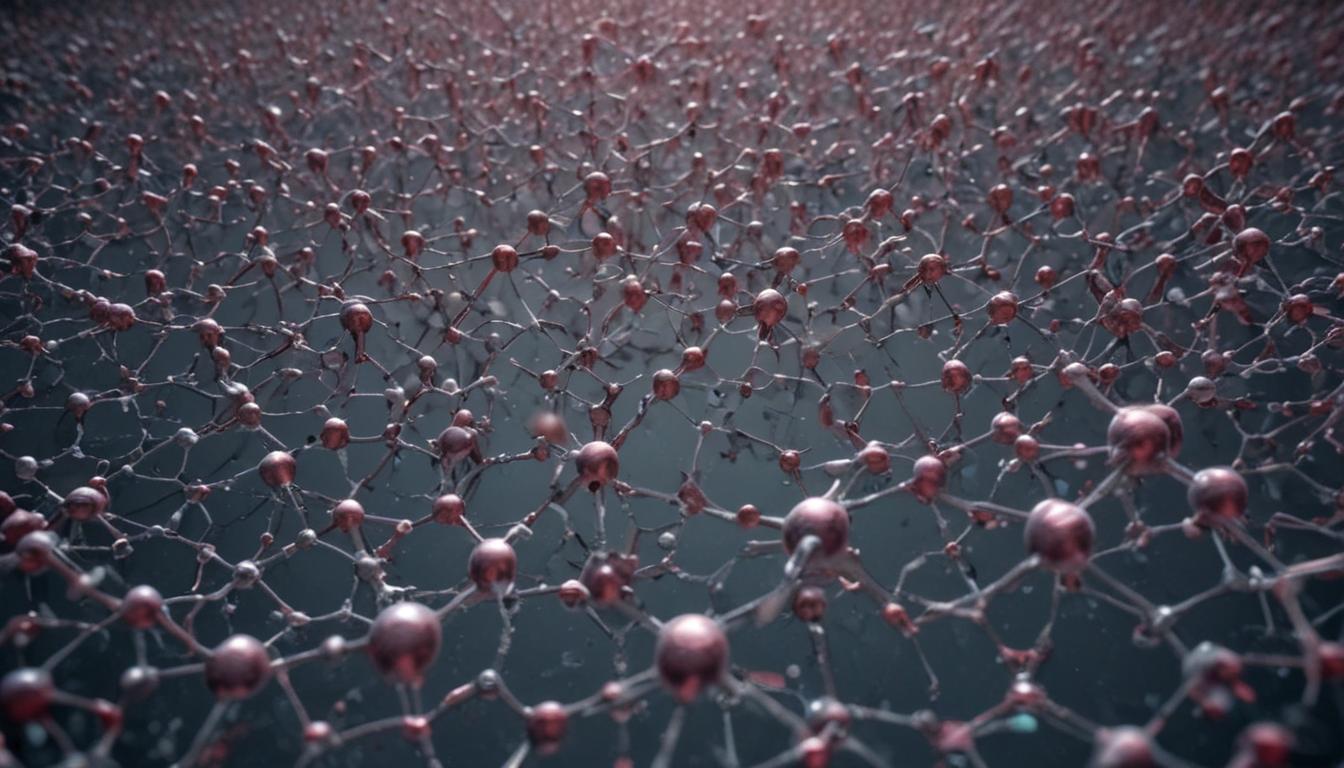Now Reading: The Power of Nanotechnology Explained
- 01
The Power of Nanotechnology Explained
The Power of Nanotechnology Explained

Nanotechnology Explained The Tiny Tech Changing Our World
Have you ever heard the term “nanotechnology” and felt a little lost, as if you’ve stumbled into a science fiction movie? The word itself sounds complex and futuristic, something reserved for scientists in high-tech labs. It’s easy to feel like this powerful field of science is completely out of reach and has no bearing on your daily life. This feeling of being uninformed can be frustrating, especially when it’s a technology that is quietly shaping the world all around us.
The truth is, nanotechnology is not just a concept for the future; it’s a present-day reality, and understanding it is simpler than you think. This guide is your solution. We will peel back the layers of complexity and show you the incredible world of nanotechnology in clear, simple terms. You will discover what it is, how you are already using it every single day, and the breathtaking ways it is poised to revolutionize medicine, energy, and our environment. Prepare to see the world from a powerful new, and incredibly small, perspective.
What Exactly Is Nanotechnology
At its core, nanotechnology is the science, engineering, and technology conducted at the nanoscale, which is about 1 to 100 nanometers. To put that into perspective, a single sheet of paper is about 100,000 nanometers thick. A strand of human hair is roughly 80,000 nanometers wide. Nanotechnology is the art of manipulating individual atoms and molecules, the very building blocks of everything in our universe. It’s a realm so small that the classical rules of physics begin to blur, and quantum effects come into play.
But nanotechnology is much more than just working with tiny things. The true magic happens because materials can behave very differently at the nanoscale. For example, a material that is opaque in its normal form might become transparent at the nanoscale. A substance that is an insulator could become a conductor. By controlling matter at this fundamental level, scientists can give materials entirely new and amazing properties, such as greater strength, lighter weight, increased chemical reactivity, or better electrical conductivity. This ability to engineer materials from the bottom up is what makes nanotechnology so revolutionary.
Nanotechnology in Your Everyday Life
You might be surprised to learn that you likely interact with nanotechnology products every day. It’s not just confined to research labs; it has seamlessly integrated into many consumer goods, making them more effective and efficient. One of the most common examples is in modern sunscreens. Instead of the thick, white paste of the past, many sunscreens now use nanoparticles of zinc oxide or titanium dioxide. These tiny particles are incredibly effective at blocking UV radiation but are so small that they appear transparent, allowing for clear, lightweight lotions that still offer powerful protection.
The influence of nanotechnology extends far beyond the beach. It’s in the clothes you wear, with stain-repellent and water-resistant fabrics created by coating fibers with a nanoscale layer that causes liquids to bead up and roll off. It’s in your electronics, where nanoscale components have allowed for smaller, faster, and more powerful computer chips. Even sports equipment, like tennis rackets and bicycles, often incorporates carbon nanotubes—incredibly strong yet lightweight materials—to improve performance without adding bulk. From scratch-resistant coatings on your eyeglasses to longer-lasting food packaging, nanotechnology is a silent partner in improving the world around you.

The Future Forged by Nanotechnology
As powerful as current applications are, we are only at the beginning of the nanotechnology revolution. The future potential is staggering, with medicine and environmental science standing to gain the most.
Revolutionizing Medicine
In the medical field, nanomedicine promises to transform how we diagnose and treat diseases. Imagine a future where cancer is treated not with debilitating chemotherapy that harms the whole body, but with nanoparticles designed to hunt down and destroy only cancer cells, leaving healthy tissue untouched. This targeted drug delivery system would dramatically increase treatment effectiveness while minimizing side effects. Researchers are actively developing these “nanobots” or “nanocarriers” to serve as microscopic delivery vehicles for life-saving medicine.
Furthermore, nanotechnology is set to revolutionize diagnostics. Scientists are creating incredibly sensitive nanosensors capable of detecting disease markers in the blood or breath at the earliest possible stages, long before symptoms appear. A single drop of blood could be enough to screen for multiple types of cancer or other illnesses. Beyond detection and treatment, researchers are even exploring the use of nanoscale scaffolds to help regenerate damaged tissues and organs, offering hope for healing injuries that are currently untreatable.
Building a Greener Planet
Nanotechnology also holds immense promise for solving some of our most pressing environmental challenges. In the energy sector, it is being used to create more efficient and affordable solar panels. By incorporating nanomaterials, panels can capture a wider spectrum of sunlight and convert it into electricity more effectively. Likewise, nanotechnology is improving energy storage, leading to the development of lighter, longer-lasting, and faster-charging batteries for everything from our smartphones to electric vehicles.
Beyond energy, nanotechnology offers groundbreaking solutions for water purification. Nanoscale filters and catalysts can remove microscopic pollutants, viruses, and bacteria from water with unprecedented efficiency, making clean drinking water more accessible worldwide. It can also help reduce industrial pollution at the source by enabling cleaner and more efficient manufacturing processes that use fewer resources and produce less waste. By working at the atomic level, we can build a more sustainable and healthier planet from the ground up.


































